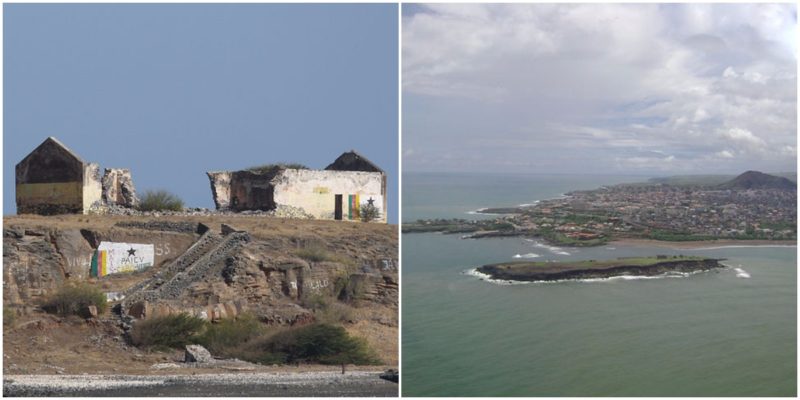Solitude placed in the middle of a perfect solitude: left and right only the vast ocean, above the endless blue sky. This is literally the short description of the island country of Cape Verde, which is situated on an archipelago formed of around ten islands in the central part of the Atlantic ocean.
The islands are from volcanic origins and the nearest mainland from Cape Verde, approximately 354 miles away, is the coast of West Africa. There a is hot climate throughout whole year and the inhabitants of the islands mostly make profit from tourism.
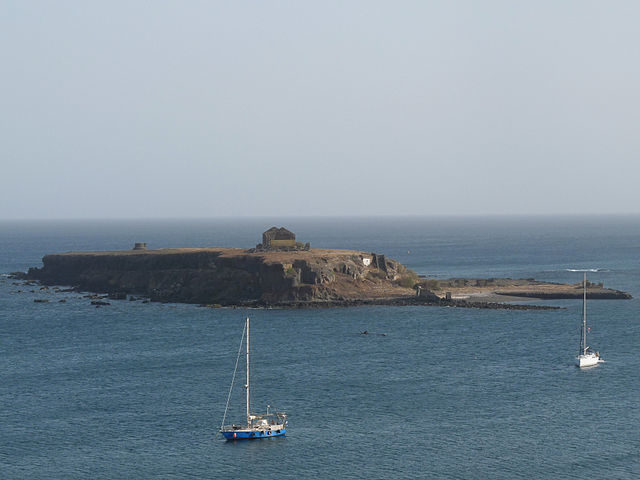
Ilhéu de Santa Maria is one of the islands in the archipelago. In the past this tiny arid island measuring just 1377 feet long and 426 feet wide was knows as Quail Island. It is located close to the south side of the island of Santiago, in front of Gamboa Beach in the city of Praia. In fact, it is essentially part of the city because it is placed inside the city port. The small islet can be approached by boat, or by foot when the tide is low. On the now deserted islet can be found several picturesque ruined structures which once housed people infected with cholera.
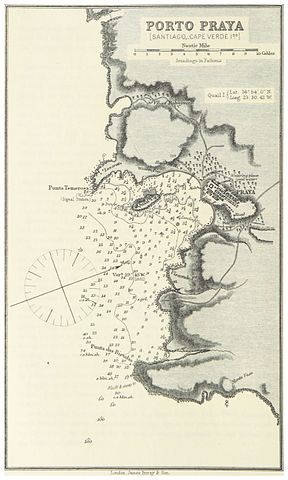
Geological research in the area has shown that the island was a hill on the edge of the island of Santiago before the Late Ice Age (1000 BC). After the drastic rise in sea level, it became an islet with quite different configuration. Throughout the centuries the bay of Praia was regularly used as a safe port for ship repairs or as a rest point for the crew. It was a standard and almost obligatory stop in the oceanic routes to the West and to the East.
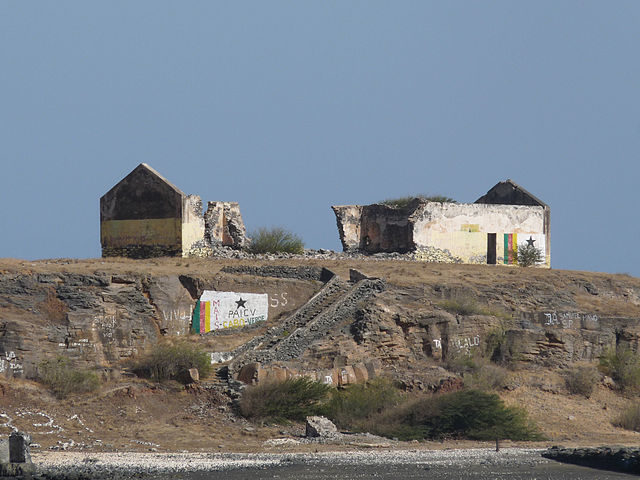
Ships arriving from different kingdoms and equipped with sailors from different nationalities were everyday life of Santiago Island. In Praia they found a perfect place for trade of their exotic products. Because of its important strategic position, the archipelago very soon became an area of interest of several kingdoms. Enemy sides went into an open conflict to decide who would be a ruler of this precious location. The famous naval battle, The Battle of Porto Praya, took place near Ilhéu de Santa Maria in April 1781 between a British fleet and a French ship. The archipelago was also the target of frequent pirate attacks. But despite that, the small town of Praia expanded and through the years developed into a larger settlement. The mixture of cultures and traditions made this place a unique and vibrant place in the middle of the ocean.
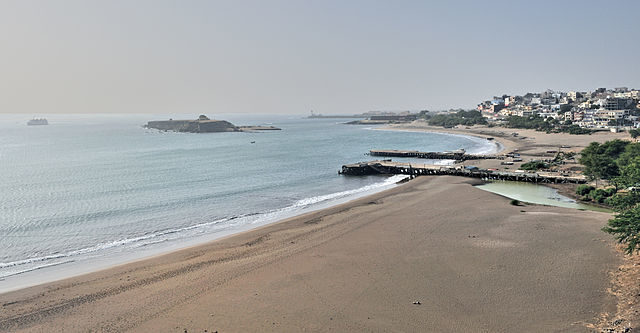
The islet was also visited by the world famous naturalist, biologist and geologist Charles Darwin during his famed voyage with the vessel HMS Beagle. He visited Praia soon after the start of the journey from England in December 1831. In fact, that was the first landing of the Beagle on the voyage, which happened at the beginning of 1832. During his stay there, Darwin made the first geological observations of the structure of the soil of the islet. Later his research was published in the book “Geological Observations on the Volcanic Islands During the Voyage of the H.M.S. Beagle”. Since then, several works of different scientific studies of the geology of the tiny islet have been published.
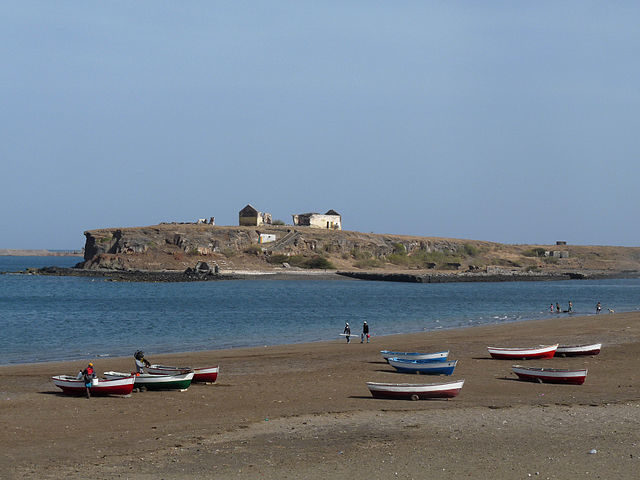
In the 1850s the islet served as a leper colony. Six large houses were erected in the north part of the islet in less than 30 hours. Patients infected with cholera were also sent there from the island of Fogo. Now the former colony is partially in ruins. At the end of the 19th century, a coal dockyard with two platforms was built on the western side by the Portuguese and the British. It served for repairing, refueling and supplying the vessels that frequently were coming from the Americas and Australia.
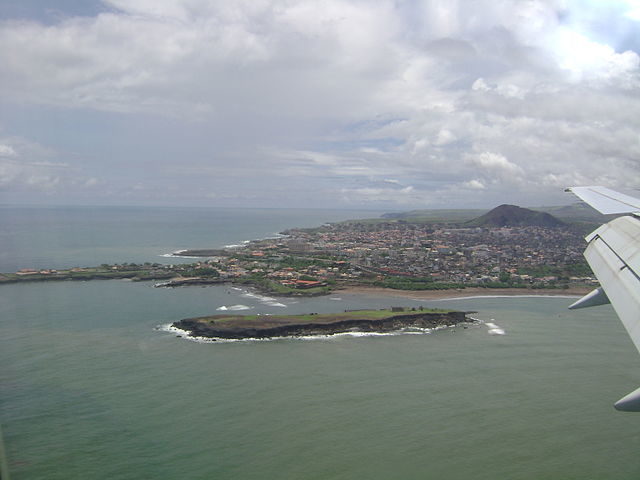
In 2015 the government of Cape Verde and one Chinese company presented a futuristic project for the modern development of the islet and the south part of Praia. The huge investment includes modern resort, spa, hotel-casino, marina with yacht club, slavery museum and bridge. Parts of Gamboa beach and almost the whole Ilhéu de Santa Maria will be covered with modern buildings for elite and luxury tourism. The work is in progress, and until the end of construction the only permanent inhabitants of the islet will remain the Cape Verde sparrows.
